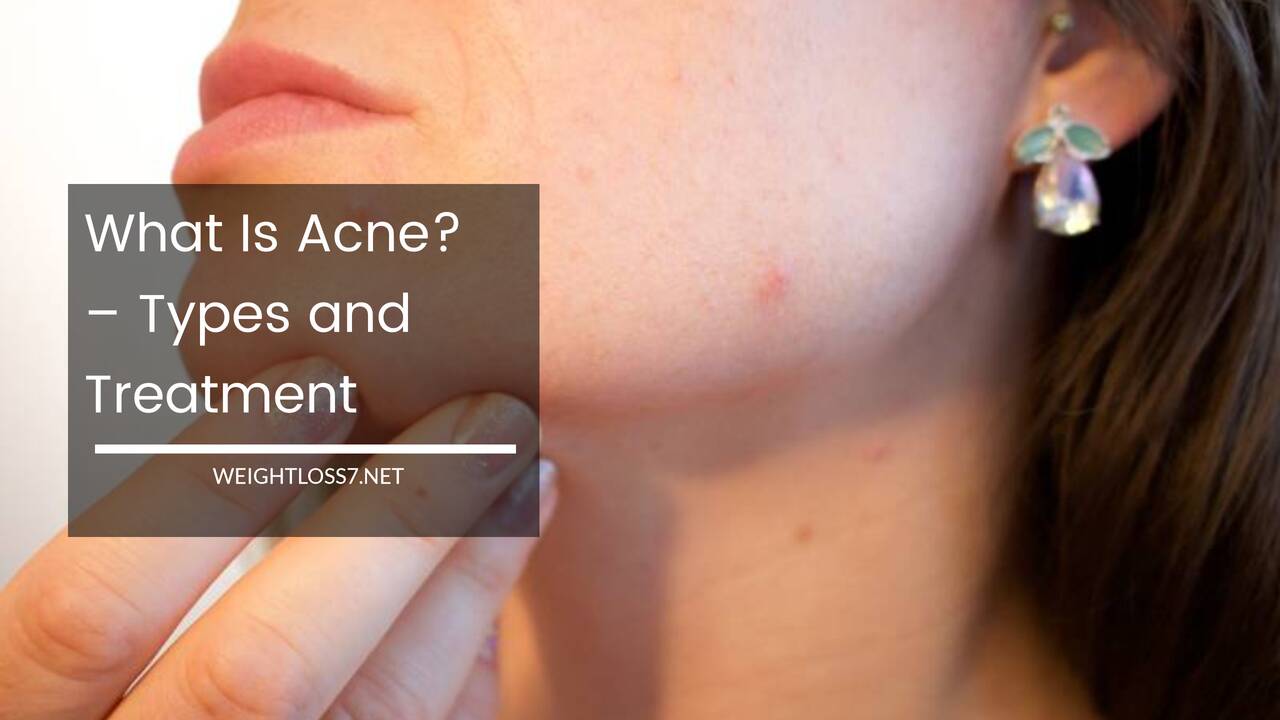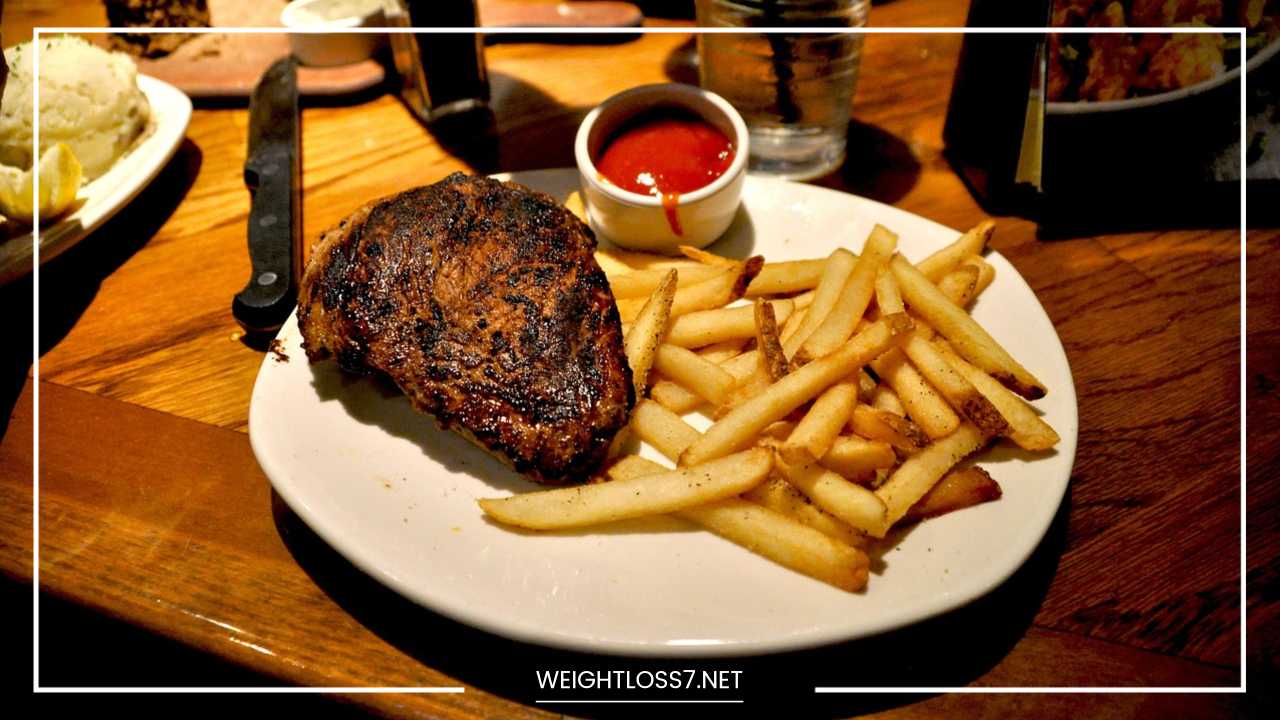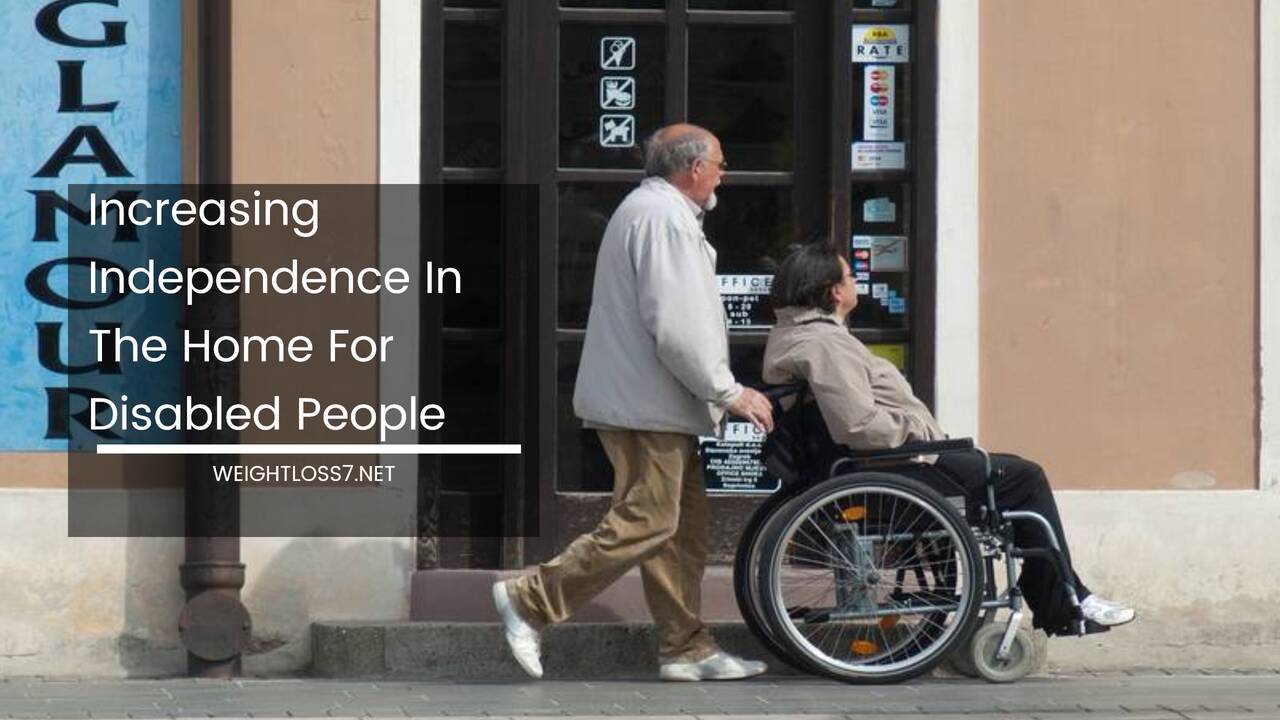What Is Acne? – Types and Treatment

Acne vulgaris or simply acne is a skin condition in which the oil glands at the base of hair follicles become inflamed or infected, causing tiny red bumps known as pimples to appear on the skin.
It commonly occurs during puberty, during which the oil glands under the skin become activated by hormones secreted by the adrenal glands.
Acne is not dangerous, but it is unsightly and can leave scars in some cases if it isn’t treated effectively. It has been estimated that three-fourths of people between the ages of 11 and 30 have acne.
How Does Acne Develop?
Human skin is full of tiny holes known as pores which connect to glands underneath the skin. These glands connect to the pores via follicles which resemble tiny canals.
These glands produce sebum, an oily liquid that carries dead skin cells through the follicles and pores to the surface of the skin. Hair also grows through the follicles.
This is all entirely normal, but sometimes the follicles become blocked by dead skin cells, causing a buildup of sebum under the skin. Eventually, this oily buildup causes the follicle to become inflamed, resulting in a raised red pimple.
Acne tends to appear on the face, back, chest, shoulders and neck, although it can appear elsewhere as well. The main cause of acne is the bacteria that causes the follicle to become infected, but not all acne bacteria causes pimples to form.
In fact, at least one strain discovered in a recent study from the Washington University School of Medicine found that at least one strain of bacteria can help preserve the skin and keep it pimple-free.
Types Of Acne
Acne appears on the skin as different types of pimples. Some of these are barely noticeable and are usually ignored, while others are unsightly enough to warrant treatment. The kinds of pimples that can appear on the skin are:
Whiteheads – These usually remain under the skin and are very small and usually unnoticeable.
Blackheads – Blackheads are clearly visible on the surface of the skin. They get their names from their dark appearance and resemble specks of dirt.
Many people assume that dirt is actually what causes blackheads, but no amount of scrubbing will remove them.
Papules – Papules are what most people imagine when they think of acne. These are small pink bumps that are clearly visible on the surface of the skin.
Pustules – Like papules, pustules are clearly visible on the surface of the skin. The base of a pustule is usually red, and there is pus at the top.
Nobules – Nobules are large, solid painful pimples that are deeply embedded in the skin. They are clearly visible on the skin’s surface.
Cysts – Cysts are painful pimples clearly visible on the surface of the skin. They are filled with pus and can easily cause scars.
Treating Acne
The treatment of a person’s acne depends on how severe the problem is. Most people will develop mild acne, a problem that will usually go away in time. Mild acne can be treated with over-the-counter medications and skin cleansers.
These products typically have active ingredients such as resorcinol, benzoyl peroxide, salicylic acid, retin-A, and azelaic acid. Over-the-counter acne medications are available as lotions, creams, gels, soaps and cleansers.
Lotions and creams are usually not as harsh as other medications, so they are recommended for more sensitive skin.
More serious cases of acne may require prescription medication such as topical antibiotics. Like over-the-counter medications, prescription acne medications are available as creams, lotions or ointments.
Acne in many cases can be controlled or even prevented with proper hygiene. If you have a problem with acne, wash your face twice a day with a soap designed to treat acne.
Don’t try to burst pimples as it can spread the infection. Wear loose clothing if you have acne on your chest or back to allow your skin to breathe.
If you wear glasses, wash them regularly since they can collect sebum and dead skin. Never go to sleep while wearing makeup.

















